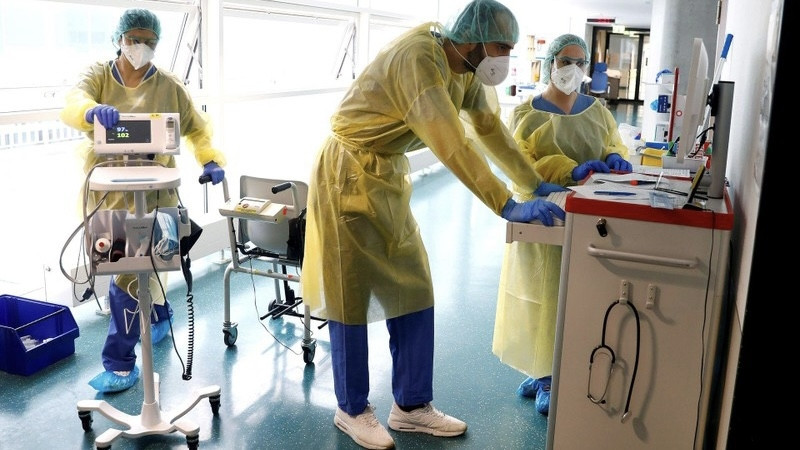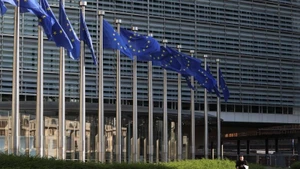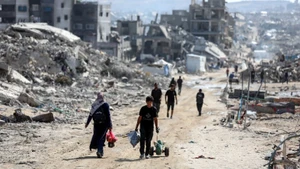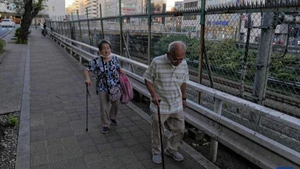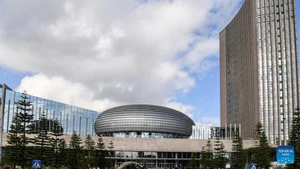In recent summer months, the sight of passengers queuing up and waiting for many hours to board a plane has become popular at many large and small airports around the world. The cause came from an unprecedented human resource crisis in the aviation industry. However, this is not the only industry facing a shortage of workers.
Immigration law reform, the support for women to participate in the labour market and the increase in salary and social welfare,are the measures applied in many countries to quench their thirst for human resources, which has hindered the process of post-pandemic socio-economic recovery and development. Germany, the Republic of Korea (RoK) and Australia have made efforts to reform immigration policies to help foreign workers access the domestic labour market more easily and quickly.
Specifically, Germany is considering loosening regulations for foreign university graduates so that they can work legally in this European country with a green card. Australia is also considering a plan to raise the immigration ceiling to nearly 200,000 people a year. The RoK increased foreign worker quotas in five industrial sectors.
In the US, where there were 11.3 million job openings by theend of May 2022, employers have actively raised wages to attract and retain workers. According to the US Department of Labour, the average hourly earnings of American workers in July increased by 5.2% over the same period last year.
Meanwhile, in Australia, experts called on the government to pay more attention to supporting women's participation in the workforce. With the improvement of the child care workers, many women can work instead of staying at home to take care of children, thereby contributing to an increase in the number of labourers in the market.
One of the causes leading to the human resource crisis was the fact that a large number of employees have had long-term leave or quit their jobs due to COVID-19. The German Federal Ministry of Health warned that the prolonged COVID syndromehas become a serious problem for society, even disrupting the labour market.
Research showed that about 30% of COVID-19 patients had at least one COVID symptom that persists within 90 days of recovery, typically shortness of breath, fatigue and chest pain.Recently, the outbreak of a new global wave of the COVID-19 pandemic has made the human resource-related problem even more difficult.
Another reason was the lack of thorough preparation of businesses. During the outbreak of the COVID-19 pandemic, businesses were forced to cut a large number of employees to sustain their operations, but they were not prepared for the recovery when the epidemic was under control, leading to difficulties in recruiting labours. The aviation industry is anexample.
British Airways cut about 10,000 out of 42,000 employees due to the pandemic and then struggled to recruit when the tourismindustry recovered. After losing their jobs, many workers in the aviation industry moved to less volatile professions. In addition,population ageing and low birth rates are also factors leading to the labour shortage.
The problem of human resource shortage in the post-COVID-19 period is a challenge that directly affects socio-economic recovery and development. In addition to attracting more workers, it is crucial to protect workers' health, as well as draw up a flexible and long-term response strategy to all fluctuations in the market, especially the current risks from the epidemic, conflict and inflation.
